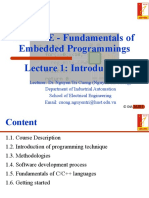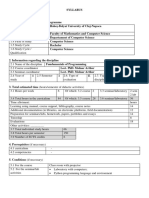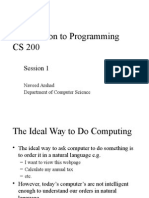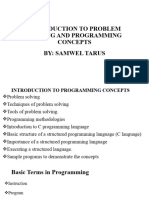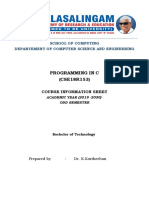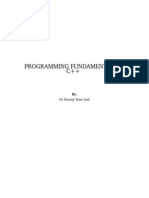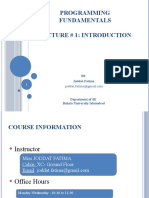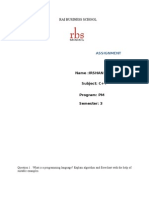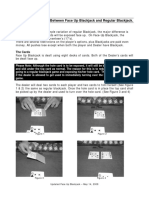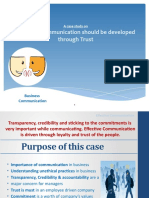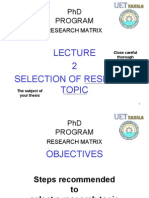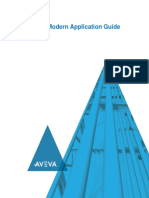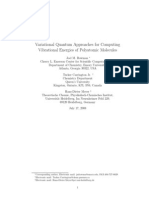0% found this document useful (0 votes)
78 views82 pagesChapter1 Introduction
This document describes a course on programming techniques that provides fundamentals of programming using C and C++ languages including structure programming, object oriented programming, and real-time programming. The course will cover topics such as functions, libraries, data structures, algorithms, program design, classes, and objects. Students will complete weekly assignments, a mini project, midterm exams, and a final exam.
Uploaded by
Phương LêCopyright
© © All Rights Reserved
We take content rights seriously. If you suspect this is your content, claim it here.
Available Formats
Download as PDF, TXT or read online on Scribd
0% found this document useful (0 votes)
78 views82 pagesChapter1 Introduction
This document describes a course on programming techniques that provides fundamentals of programming using C and C++ languages including structure programming, object oriented programming, and real-time programming. The course will cover topics such as functions, libraries, data structures, algorithms, program design, classes, and objects. Students will complete weekly assignments, a mini project, midterm exams, and a final exam.
Uploaded by
Phương LêCopyright
© © All Rights Reserved
We take content rights seriously. If you suspect this is your content, claim it here.
Available Formats
Download as PDF, TXT or read online on Scribd
/ 82
